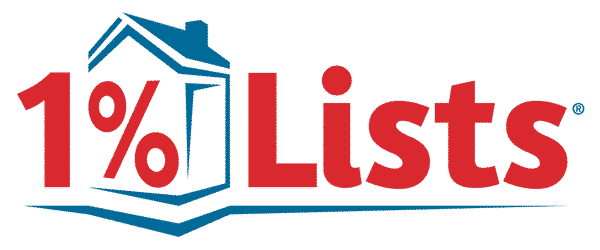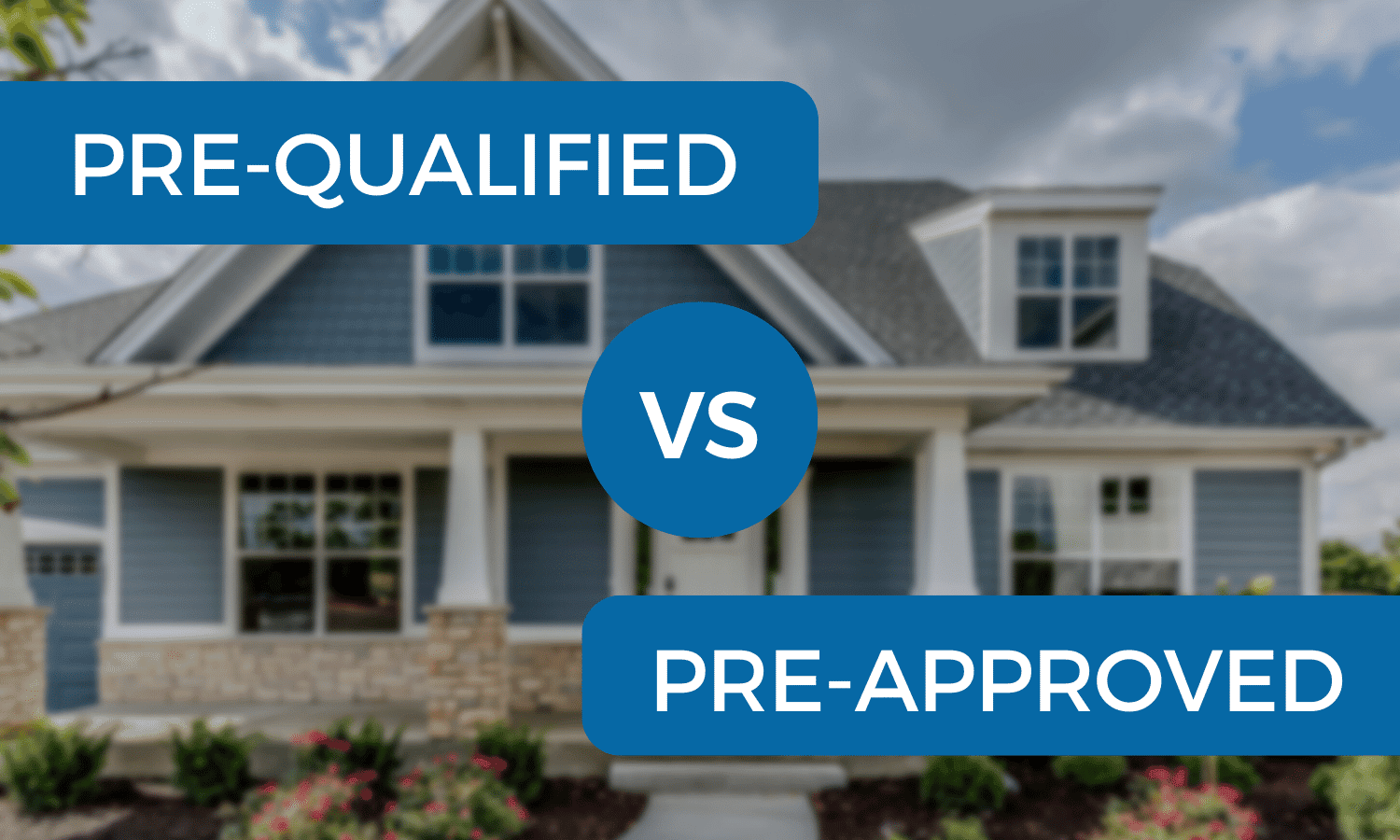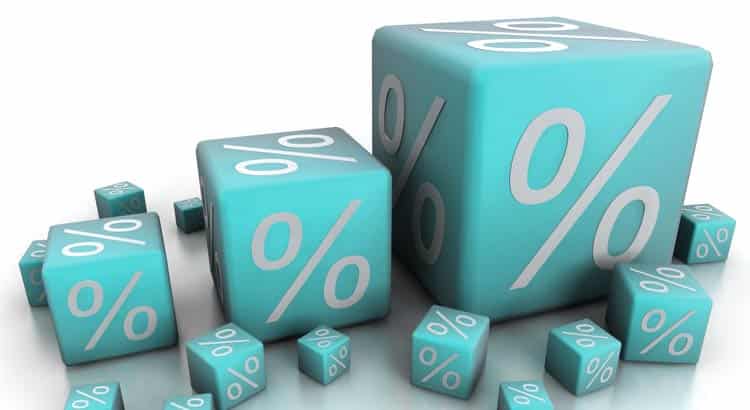Most potential homebuyers that are ready to make their dreams of owning a home a reality have probably already heard that you should consider getting pre-qualified vs pre-approved for a mortgage. Now, it’s time to understand exactly what those terms mean and how they may help you attain your goals of homeownership. And anytime you’re working toward a big goal like buying a home, you want every advantage that you can get.
Pre-qualified vs pre-approved: an overview
Two key steps in the mortgage application process are getting pre-qualified and/or pre-approved. Although some people use the terms interchangeably, there are important distinctions that every homebuyer must understand. Pre-qualifying is only the first step. This gives you an indication of the size of loan you might be eligible for. Pre-approval, which is a conditional commitment that you will actually be granted the mortgage, is the second step.
KEY TAKEAWAYS
- Mortgage pre-qualification is based on the data that the borrower provides to a lender.
- Pre-qualification for a loan is solely based on information provided to the lender. In other words, it does not mean much if the data provided is inaccurate.
- The information provided is all that is used to calculate the pre-qualified amount.
- Before they get to the pre-approval stage, lenders won’t look closely at a borrower’s financial history and financial situation (i.e.: how much down payment you have) in order to determine how much mortgage they are able to afford.
- After being pre-approved, the borrower is given a written conditional commitment for the exact amount of the loan.
Pre-Qualified
Pre-qualification involves providing a lender or bank with a complete financial picture. This includes income and debt. After reviewing all information, the lender will give an estimate of what amount the borrower could expect to receive. You can pre-qualify over the phone, or online. There is usually no cost.
Pre-qualification takes only one to three business days. Usually, you will receive a pre-qualification letter within one to three working days. Pre-qualification for a loan does not include credit analysis or an in-depth review of the borrower’s ability and capacity to purchase a house.
Pre-qualification is the first step in determining if you have any mortgage goals. The lender will discuss the various options available and recommend the one that is best for you.
The pre-qualified amount is not a guarantee because it is based on only the information that was provided. It is the maximum amount the borrower could expect to receive. Pre-qualified buyers don’t have the same weight as pre-approved buyers, because they have not been thoroughly evaluated.
However, pre-qualifying is helpful when it’s time to make an offer. Sellers want to know what buyers are capable of and won’t enter into a contract with someone who isn’t able to get approved and complete the purchase.
This is one of our first questions when we meet with potential buyers: Have you met with lenders and verified your pre-qualification status. We will recommend lenders if you have not yet met with one. We request the pre-qualification letter and keep it on file

Pre-Approved
Pre-approval is the next step. It’s more complicated, but far more valuable. While a pre-qualification can be a good indicator of creditworthiness and ability to borrow, a pre-approval is the final word. To be pre-approved for a mortgage, the borrower must submit an official application and provide all of the required documentation. The lender will then pre-approve the borrower up to a certain amount contingent on the fact that your financial profile doesn’t change.
The pre-approval process gives you a better idea about the interest rate that will be charged. Some lenders permit borrowers to lock-in an interest rate. You may be charged a pre-approval fee that can reach several hundred dollars, depending on the lender.
Lenders will give a conditional commitment to a loan amount in writing. This allows borrowers to search for homes that are at or below the price. These borrowers now have an edge when dealing with sellers because they are one step closer to getting a mortgage.
Important Note
The advantage of completing both steps–pre-qualification and pre-approval–before looking for a home is that it offers an idea of how much a borrower has to spend. It prevents you from wasting time on properties that are too costly. Pre-approval for a mortgage can speed up the buying process and let the seller know that you are serious in a competitive marketplace.
After a property has been selected and an offer made, the borrower provides the lender with a copy and all other documentation. To determine the value of the home, the lender hires a third-party certified or licensed contractor to do a home appraisal.
PRO TIP: To ensure nothing has changed since approval, your income and credit history will be checked again. This is not the time to finance large furniture purchases, or anything for that matter. Many pre-approved buyers have been denied on the day of closing due to changes in their credit profile.
The last step of the process is a loan agreement. This is issued only by banks after they have approved the borrower and the home. It means that the property has been appraised at or above the sale price. If the appraiser raises any issues, such as structural problems or a malfunctioning HVAC system, the bank may request additional information.
Pre-qualification and pre-approval for a mortgage is a great way to get an idea of the price range of potential homebuyers. Sellers will often be more open to negotiations with pre-approved buyers. Pre-approval also allows borrowers to close faster on a home, which is a benefit in a highly competitive market.
General questions getting pre-qualified vs pre-approved
Do I have to spend the amount I am pre-approved for?
No. You don’t necessarily have to buy at the highest price. You might find a house you like, for less than what you are approved for. This will leave you with more money each month for your retirement, college fund, or to check off a bucket list item.
Is pre-qualification the same thing as pre-approval?
Pre-approval and pre-qualification are two completely different things. Pre-qualification is when a mortgage lender has evaluated your financial information and determined that you are eligible for a loan. Pre-approval, or conditional approval, is the second step of the loan process.
Are pre-qualification letters required to purchase a house?
It may not always be required, but it can help convince sellers and agents that you are a serious buyer who will most likely be approved for a mortgage.

The bottom line on pre-qualified vs pre-approved
A mortgage pre-qualification is a good way to get an estimate of how much home you can afford, and a pre-approval takes it one step further by verifying the financial information you submit to get a more accurate amount.
Getting approved early in your home search is a great way to know what you can afford, so you can narrow in on your dream house and stand out to sellers as a pre-approved buyer.
Getting pre-approved is based on an underwriter’s comprehensive analysis of your credit, income, employment status, debt, property, insurance, appraisal and a satisfactory title report/search. If your information materially changes at any time during the buying process, the underwriting decision may be changed.





